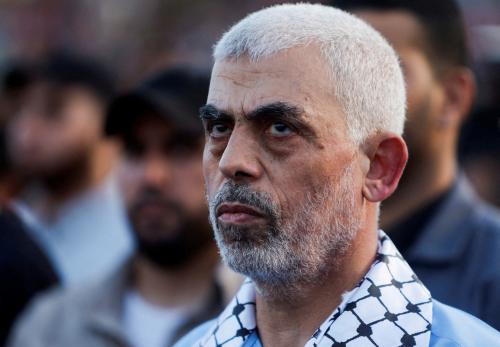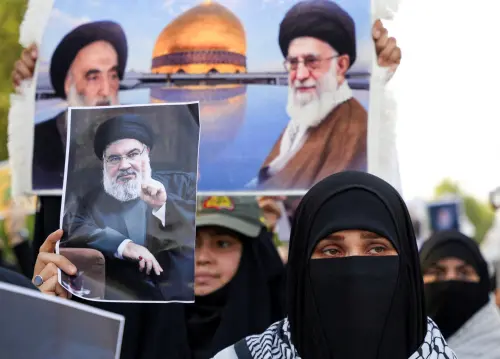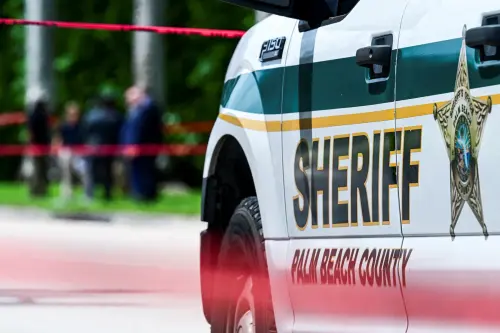The last week has seen some of the worst violence in Pakistan’s recent past, a worrisome beginning for our new government. In Quetta on June 15, at a funeral in Mardan on June 18, at a Shia madrassa in Peshawar and across Karachi on June 21, Pakistani terrorists killed dozens. At least one of the terrorists, the Quetta bomber, was a woman. Our media bravely reports on the details of these incidents, showing footage from each attack site. Our leaders never fail to condemn the attacks. When a militant group claims responsibility for an attack, we are told its name. We know the Balochistan Liberation Army (BLA) destroyed the beautiful Ziarat residency, so significant to our country’s history, and that the Lashkar-e-Jhangvi (LeJ) was responsible for the set of attacks in Quetta, in the female students’ bus and in the Bolan Medical complex. When the attackers are unknown, the media refers to them correctly as dehshatgard. We are also told they are namaaloom afraad, unidentified gunmen, a suicide bomber, and so on.
But does the average Pakistani know anything about the BLA beyond its name? Who are its members and its leader? What is its ideology, what is it fighting for? For that matter, does he or she know these details about the LeJ? Does he truly understand all of this about the Tehreek-e-Taliban Pakistan, which is responsible for so much destruction? Obviously, those who are informed and curious about these matters can figure out the details, but shouldn’t the media and the government make an effort to inform the public about the facts, on our proliferation of television channels? Wouldn’t an hour of television be better spent on this than repeating the usual political discussion ad infinitum?
These killers are systematically destroying Pakistan’s past and our promise for the future: killing enterprising members of our newly elected government, ambitious female university students, nurses working to save lives, and countless others. Isn’t it time we had a national conversation about them? At this point, our media focuses only on the numbers of people killed and on showing the destruction at the site of each attack, with the killers mentioned passively. What we need is a public information campaign about the attackers and to give the public aggregate statistics about the havoc they have wreaked on Pakistan.
What will this accomplish? Once the public sees a face to the terrorists and learns more about their groups, we can direct our anger at a tangible entity, rather than the amorphous dehshatgard. Once Pakistanis see concrete numbers about how much destruction these terrorists have caused in Pakistan, terror groups will lose support in the population. Ultimately, a loss of public support will serve to weaken militant groups: after all, such support is essential for these groups to operate and survive.
What is holding back a public information campaign led by the media and the government? Is it fear, ignorance, or ambivalence? Fear is understandable, because these killers are after our blood. But ignorance and ambivalence cannot be condoned. If it is indeed ignorance, the media and the government are failing at their jobs. Either they don’t fully understand the importance of informing the public, or they themselves are ignorant about these groups, and not making an effort to understand them better. Ambivalence is even worse. It implies a certain defensiveness of Pakistani militants, a residual support for them, or, in some circumstances, outright sympathy or collusion with them on the part of certain elements of the government and the media.
But this assumes we all know who the killers are. The reality unfortunately is that many times, we don’t. That is a failure of our criminal justice system: of botched police investigations, of not apprehending the attackers and of the judicial system in failing to hold them to account. Fixing this is easier said than done.
But there is a step that can be taken right away. If this new government wants to address the terrorism problem head on, if it wants to retain any credibility at all, it will have to engage in a public information campaign against the terrorist groups that are perpetrating attacks. The media will have to follow suit. This will ultimately lead to these groups’ decline.



Commentary
Op-edWho Are The Terrorists?
June 22, 2013